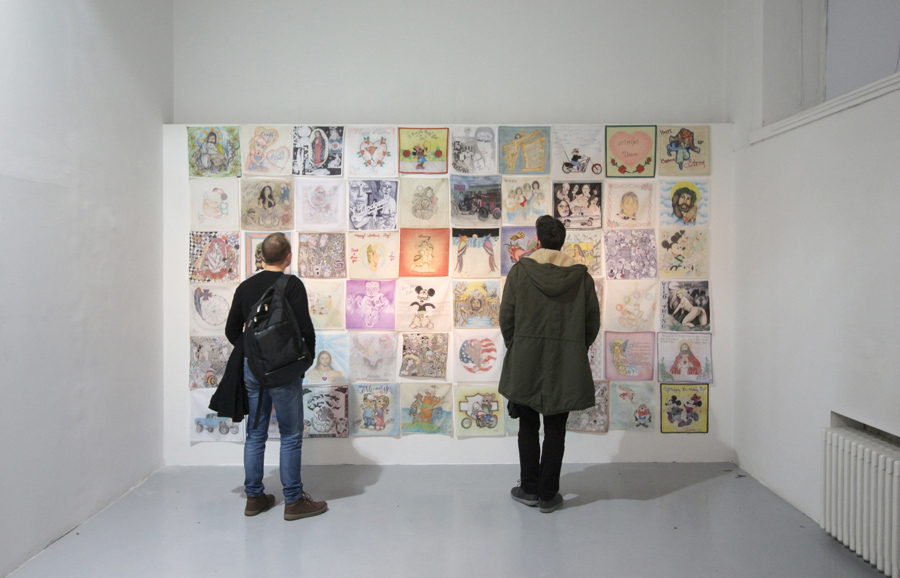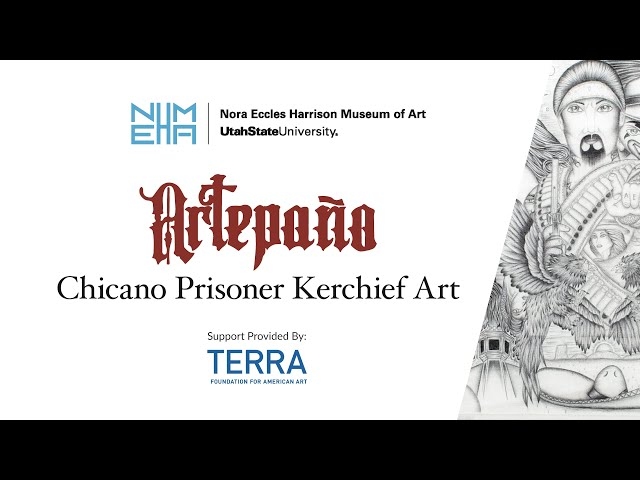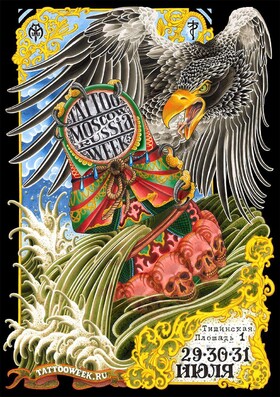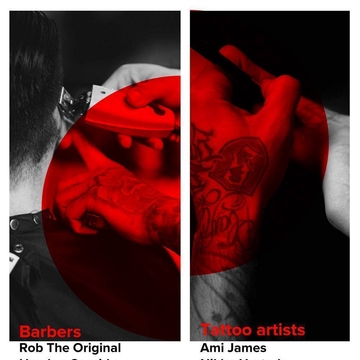Logan, Utah…The Nora Eccles Harrison Museum of Art (NEHMA) at Utah State Universityis presenting Artepaño: Chicano Prisoner Kerchief Art, the most diverse artepaño exhibition to date, featuring 71 artworks by Latinx artists working in the context of the American penal system. The exhibition highlights an artistic tradition that emerged almost 100 years ago from penitentiaries across the American Southwest. A paño is a standard 15 by 15-inch cotton kerchief transformed into a work of art by prisoners who self-identify as Chicano, Mexican American, Latino, and/or Hispanic.
Paño art begins with the white handkerchiefs available for purchase in a prison commissary. They are subsequently designed using colored pencil, ink, and, occasionally, paint. They feature a wide array of themes that are unified by a distinct Chicana/o/x vernacular style, iconography, and symbology. Imagery ranges from depictions of the barrio, gang life, faith, and allegorical depictions of prisoner life to iron bars, guard towers, clocks, sad figures, fellow prisoners, and loved ones. The practice is also defined by the vernacular style that borrows from Pinto tattoo art using Old English script and Chicano barrio stock characters as well as graffiti and mural art.

Chicana/o/x people are the largest group of the broader Latina/o/x community in prison or on parole and probation in the U.S. Many Chicana/o/x families possess paños mailed to them (in letters pre-opened by prison censors) that contain intimate expressions of love, longing, and hope, alongside myriad other sentiments, politics, and broader spiritual and metaphysical meditations.
Paños represent a vast gallery of archetypes, icons, stock figures, Chicana/o/x tropes, and barrio vernacular styles that emphasize verité, or naturalistic, depictions of underclass realities, desires, and visions alongside playfully figurative ones involving caricatures. While paños usually are meant for private consumption, they have become renowned for their artistry and range of visual narratives, which situate these artworks alongside signature barrio art forms such as graffiti, tattoos, murals, lowrider art, and older forms that include underground zines and Chicano music,” said catalogue contributor Dr. Ben V. Olguín, the Robert and Liisa Erickson Presidential Chair in English and the Director of the Global Latinidades Project, in the English Department at the University of California, Santa Barbara.

Curated by Dr. Álvaro Ibarra, Assistant Professor of Art History, Utah State University, the majority of works in the exhibition and catalogue come from the private collection of Reno Leplat-Torti who has one of the largest collections of paño art in the world. The presentation also includes works on loan from the National Hispanic Cultural Center in Albuquerque, New Mexico, and features four works from NEHMA’s own permanent collection.
«The exhibition offers viewers an educational history of this cultural phenomenon. To date, it remains a creative expression practiced clandestinely by Pintos across the country, with secrecy forced upon artists through draconian cuts to rehabilitation programs enacted by state legislators», Dr. Ibarra said.

Paños can function in prison as a form of vernacular currency in the underground prison economy where licit and illicit goods and services can be purchased. Paño art production is thus part of an array of prisoner skill sets that are used for barter in strictly controlled prisons where money is outlawed. Paños, like tattoos, letter writing, legal counsel, and other professional services can be traded for other items and services. The designs may serve as intimate family communications or as memorials for those deceased. Family members may sell the paños on social media to pay legal fees or enable prisoners to purchase commissary items.
«The paño is like a second skin, a porous membrane that filters anguish and despair. Like the Shroud of Turin, the textile bears a legible trace of personal tragedy. Unlike the indelible marks on their first skin, Pintos can address transient concerns upon these handkerchiefs», said Ibarra.
Admission is free and open to the public. Hours are Tuesday - Friday 9:00 am - 4:00 pm; Saturday 10:00 am - 6:00 pm; and by appointment.







Comments (0)